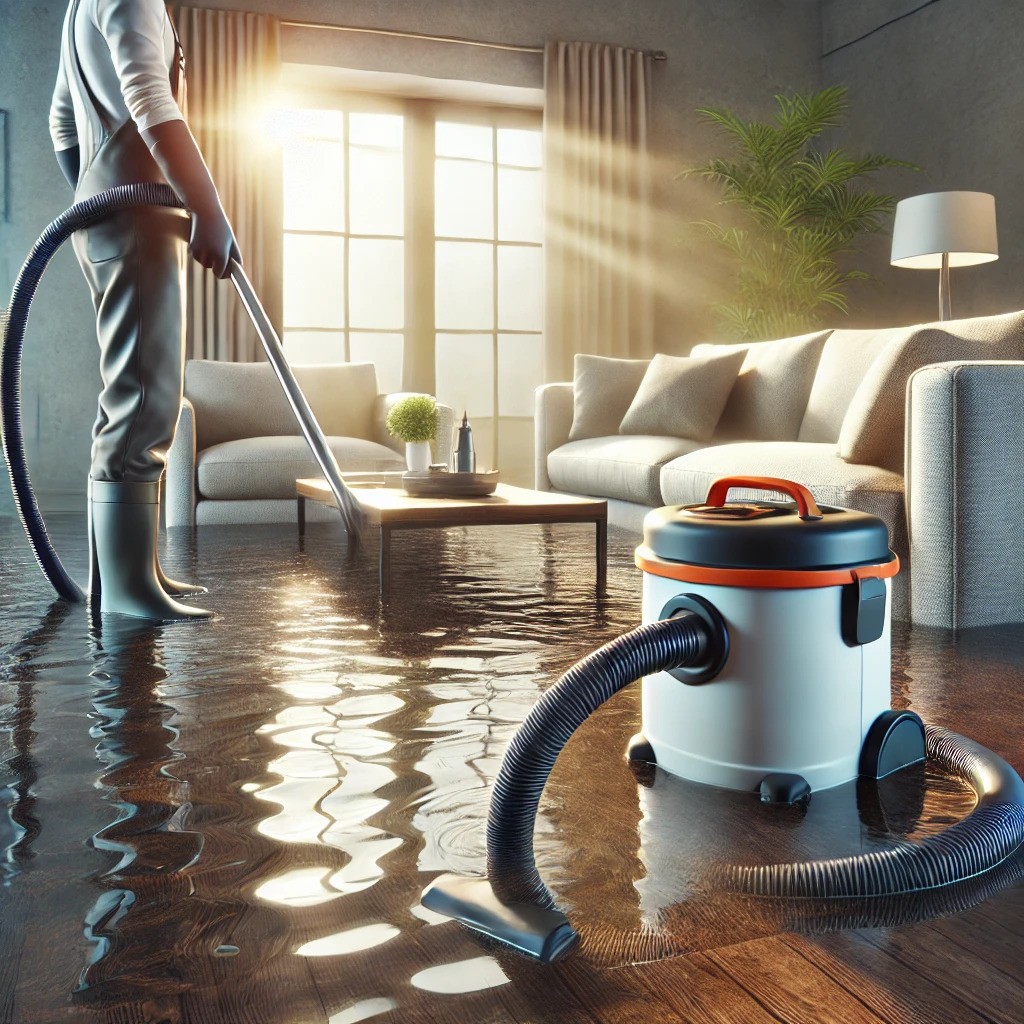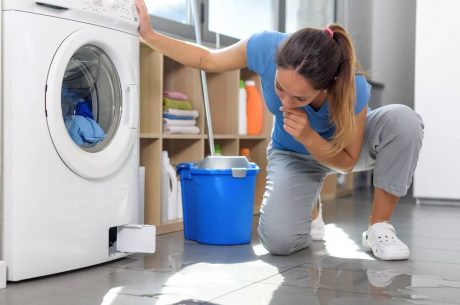Table of Contents

Water damage in your home can be a stressful and overwhelming experience. Whether caused by a burst pipe, flooding, or a leaking roof, addressing water damage promptly is crucial to minimize further harm and costly repairs. Here’s a comprehensive guide on what to do if your home has water damage.
1. Ensure Safety First
Before doing anything, prioritize the safety of you and your family:
- Turn off electricity: If water has reached electrical outlets or appliances, turn off the power supply at the circuit breaker. Never enter a waterlogged area with live electricity.
- Check for structural damage: If walls, ceilings, or floors appear unstable, evacuate the home immediately and seek professional help.
- Avoid contaminated water: If the water is dirty (e.g., sewage or floodwater), wear protective gear or wait for professionals to handle it.
2. Stop the Source of Water
Identify and address the source of water damage to prevent it from worsening:
- Turn off the water supply: For plumbing-related leaks, shut off the main water valve.
- Patch roof leaks temporarily: Use tarps or buckets to contain leaks until repairs can be made.
- Divert standing water: If outside flooding is the cause, use sandbags or other barriers to redirect water flow.
3. Document the Damage
For insurance claims, thoroughly document the damage:
- Take clear photos and videos of affected areas, furniture, and belongings.
- Note the time and date of the incident and any actions you’ve taken to mitigate the damage.
4. Contact Your Insurance Company
Notify your homeowners’ insurance provider about the damage as soon as possible. They may:
- Send an adjuster to assess the damage.
- Recommend a water damage restoration company.
- Cover the cost of repairs or temporary housing if necessary.
5. Begin Water Removal and Drying
Standing water and moisture can cause further damage and lead to mold growth. Take these steps:
- Remove standing water: Use a wet/dry vacuum, sump pump, or buckets to eliminate water.
- Dry the area: Use fans, dehumidifiers, and open windows to circulate air and speed up drying. Avoid using a regular vacuum cleaner for water removal.
- Remove soaked materials: Carpets, rugs, and furniture that cannot be salvaged should be removed to prevent mold.
6. Assess and Mitigate Mold Risks
Mold can develop within 24-48 hours of water damage. To mitigate this risk:
- Clean and disinfect surfaces with a solution of water and bleach or a commercial mold remover.
- Dispose of porous materials (e.g., drywall, insulation) that cannot be thoroughly dried and cleaned.
- Call a mold remediation specialist if mold growth is extensive.
7. Repair and Restore Your Home
Once the water and moisture are eliminated, begin repairs:
- Replace damaged materials: This may include drywall, flooring, or insulation.
- Repair the source: Fix broken pipes, patch leaks, and address any structural issues to prevent recurrence.
- Restore belongings: Dry and clean furniture, documents, and personal items. Professional cleaning services may be needed for valuable or sentimental items.
8. Hire Professionals if Necessary
While minor water damage may be manageable on your own, significant incidents often require professional help:
- Water damage restoration companies: These experts can quickly dry, clean, and restore your home using advanced equipment. Reach out to us via call for inspection and remediation.
- Mold remediation specialists: If mold has spread, professional intervention ensures safe and thorough removal.
Reach out to us via call (+1 305 894-4343) for water damage or mold inspection and remediation.
9. Prevent Future Water Damage
Take proactive steps to reduce the risk of water damage in the future:
- Regular maintenance: Inspect your roof, gutters, and plumbing for signs of wear or damage.
- Install water alarms: Leak detection devices can alert you to leaks early.
- Seal foundations: Ensure your home’s foundation is properly sealed to prevent seepage during heavy rain.
10. Stay Informed and Prepared
Water damage can happen unexpectedly, so it’s essential to stay prepared:
- Know your insurance coverage: Understand what types of water damage are covered by your policy.
- Create an emergency plan: Include steps for addressing water damage and important contacts, such as plumbers and restoration services.

Conclusion
Dealing with water damage in your home can be challenging, but with prompt action and the right approach, you can minimize the impact and restore your home. If you’re unsure or overwhelmed, don’t hesitate to call us on +1 305 894-4343. We are a reliable water damage restoration company and we ensure your home is safe and secure.
By following these steps, you can protect your property and prevent future incidents, giving you peace of mind in the face of water-related disasters.

